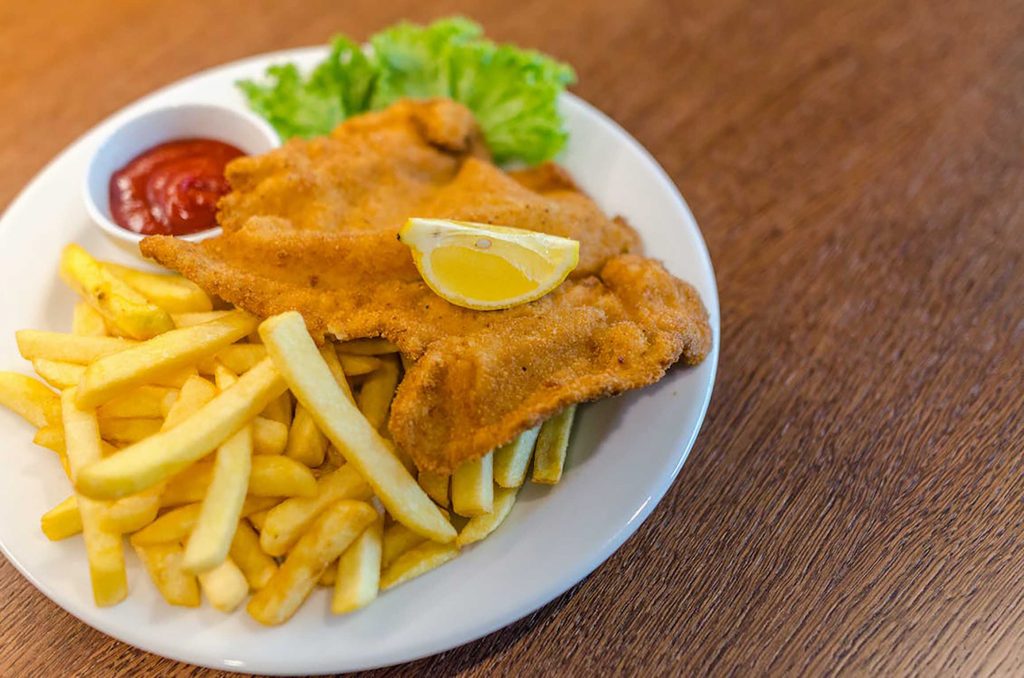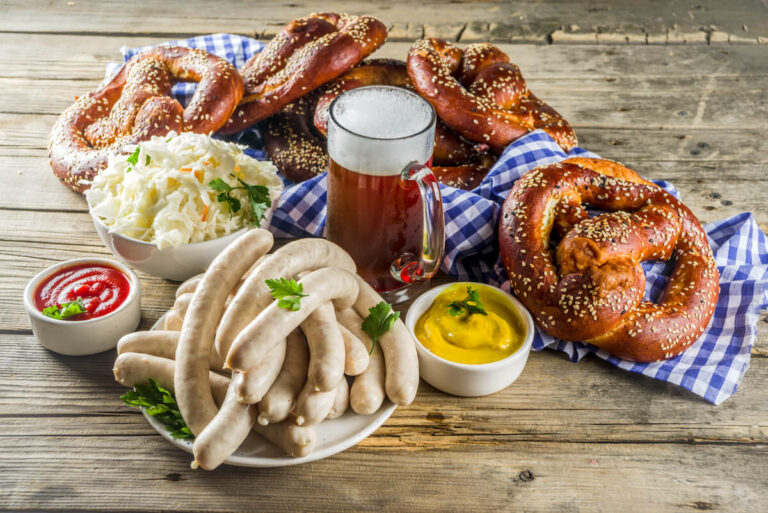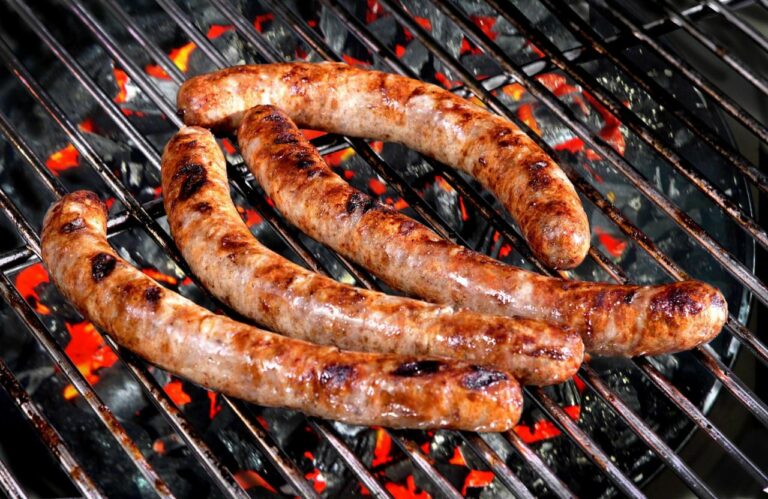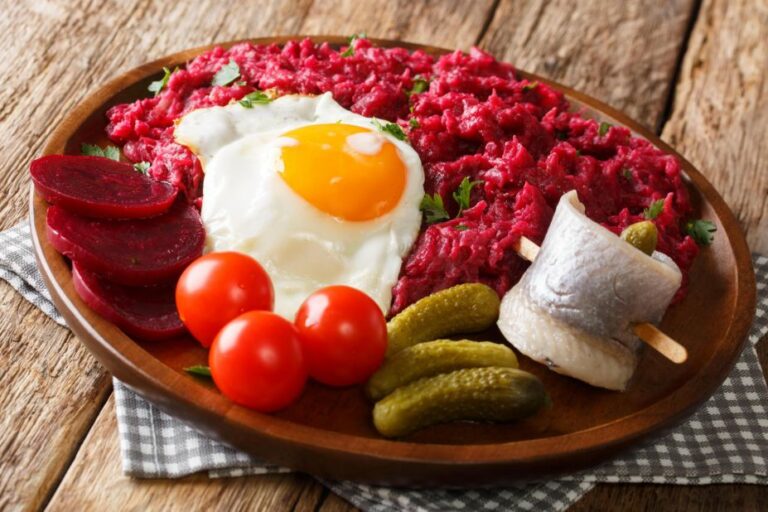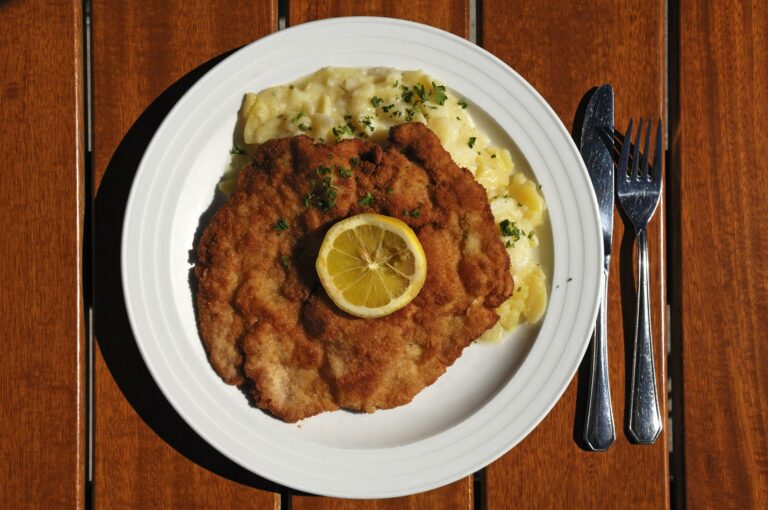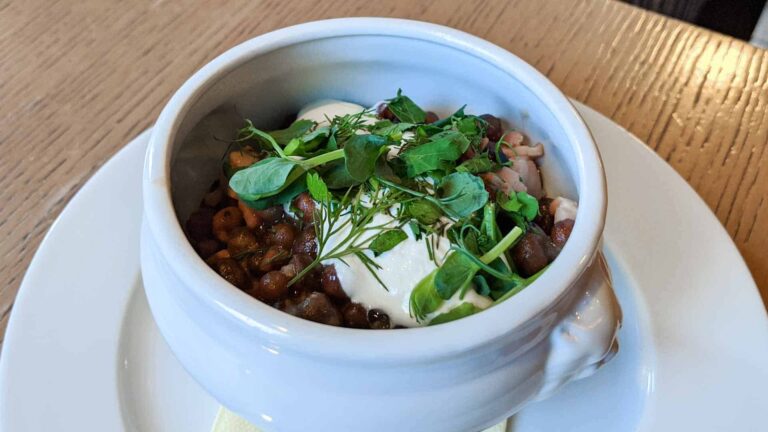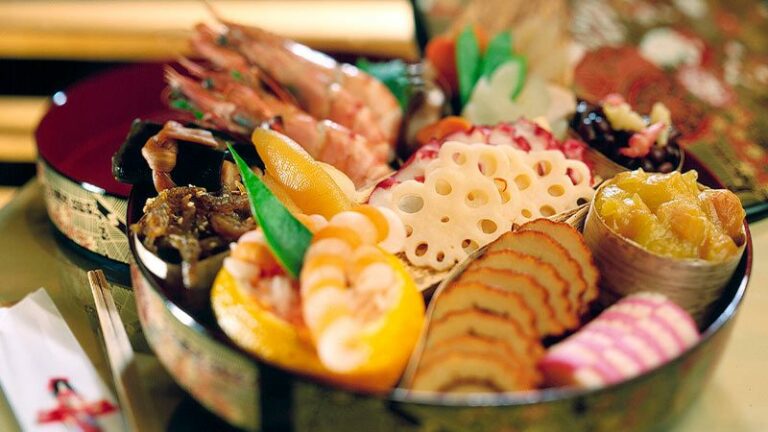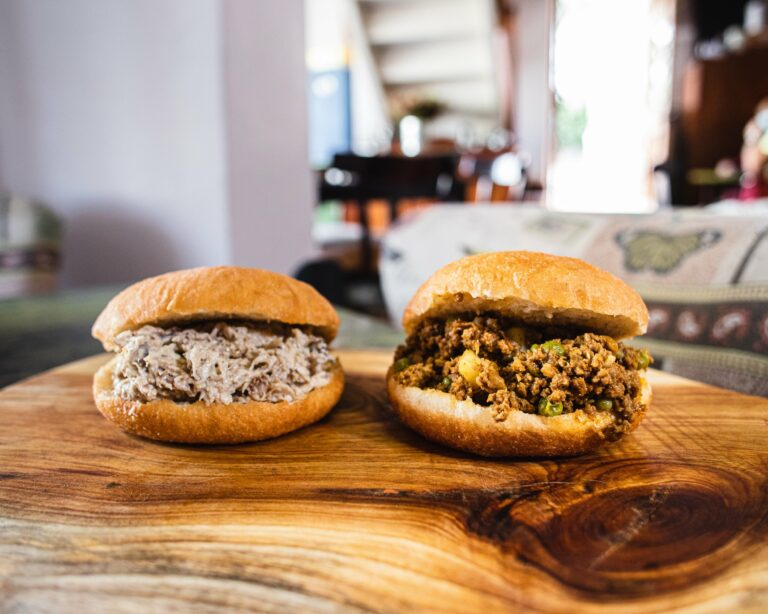Introduction: Exploring Germany’s street food scene
Germany is a country known for its rich culture, history, and cuisine. German street food is a true reflection of its diverse and flavorful food culture. From traditional sausages and pretzels to fusion kebabs and pizzas, German street food has something for everyone. Exploring the country’s street food scene is a must for anyone visiting Germany.
Currywurst: The classic German street food
Currywurst is a classic German street food that has been enjoyed by locals and tourists for decades. This popular snack consists of a grilled or fried sausage, sliced into bite-sized pieces, and topped with a spicy tomato-based sauce, and sprinkled with curry powder. Currywurst can be found at nearly every street corner in Germany and is a must-try for anyone visiting the country.
Döner Kebab: Turkish-German fusion cuisine
Döner Kebab is a fusion of Turkish and German cuisine that has become highly popular as a street food in Germany. The dish consists of shaved meat, usually lamb or chicken, stuffed inside a pita or flatbread, and topped with fresh vegetables and a tangy yogurt-based sauce. Döner Kebab is a hearty and delicious meal that can be found at nearly every street vendor in Germany.
Bretzel: A savory and satisfying snack
Bretzel, also known as pretzel, is a savory and satisfying snack that has been a staple of German cuisine for centuries. The twisted dough is boiled in a mixture of water and baking soda before being baked to perfection. The end result is a deliciously chewy and salty snack that is perfect for munching on while exploring the streets of Germany.
Flammkuchen: A German version of pizza
Flammkuchen, also known as tarte flambée, is a German version of pizza that originated in the Alsace region of France. The dish consists of a thin crust topped with crème fraîche, onions, and bacon. Flammkuchen is a delicious and savory snack that can be found at street vendors all across Germany.
Bratwurst: A staple of German cuisine
Bratwurst is a staple of German cuisine and a must-try street food in Germany. The sausage is made from pork, beef, or veal, and is typically grilled to perfection. Bratwurst can be enjoyed on its own or served in a bun with mustard and sauerkraut. This classic German street food is a perfect snack to enjoy while exploring the country.
Conclusion: Savoring the flavors of German street food
Exploring the street food scene in Germany is a delicious and exciting experience that should not be missed. From classic German sausages and pretzels to fusion kebabs and pizzas, German street food has something for everyone. So, next time you’re in Germany, be sure to try some of the must-try street foods mentioned above and savor the flavors of this vibrant country.

